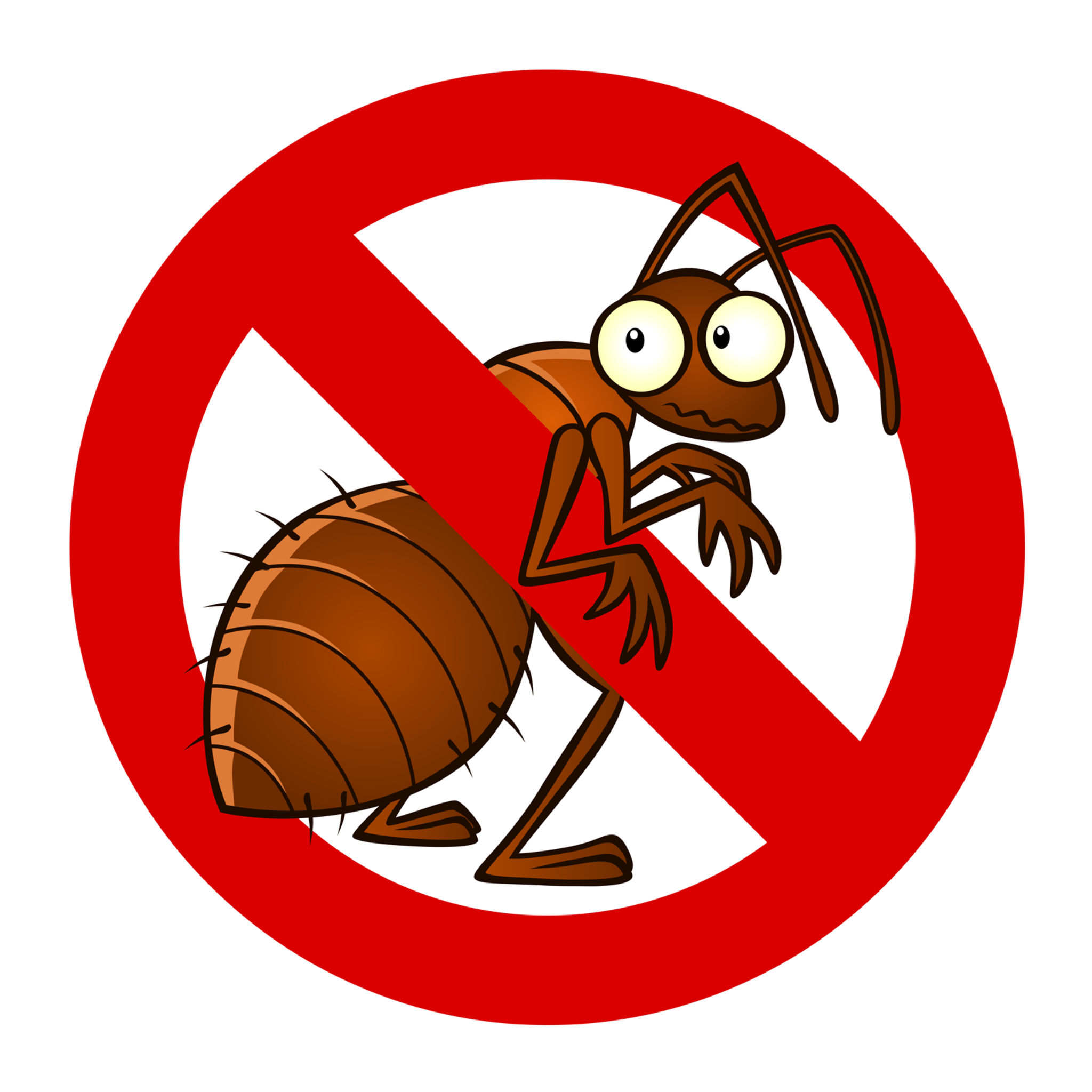Quality A1 Pest Control Services Charlotte - Secure Your Home
Quality A1 Pest Control Services Charlotte - Secure Your Home
Blog Article
Bed Insect Therapy Failure: Contrasting Chemical Vs. Non-Chemical Solutions
In the realm of bug control, especially when taking care of the relentless issue of bed bugs, the selection between chemical and non-chemical treatment services can be a crucial one. Both strategies provide distinctive benefits and disadvantages, affecting aspects such as effectiveness, safety considerations, and general expense. By examining the nuanced details of each method, a clearer understanding of which path to go after in addressing a bed bug problem can be obtained.
Efficiency of Chemical Treatments
Chemical therapies for bed insect problems have been extensively recognized for their potent and rapid efficiency in removing these parasites. When taking into consideration the performance of chemical treatments, it is crucial to recognize that they can supply a complete and fast option to a bed insect trouble. Professional pest control experts commonly depend on insecticides to target bed pests at different stages of their life cycle, including eggs, adults, and fairies. These chemicals usually work by disrupting the bed insects' worried system, resulting in paralysis and ultimate fatality.
In addition, chemical therapies have the benefit of providing residual results, indicating that they can remain to remove bed insects also after the initial application. This recurring action is specifically beneficial in combating any kind of potential re-infestations. In addition, the fast action of chemical therapies can bring relief to individuals dealing with serious bed pest problems, enabling them to gain back control of their space promptly.
Safety Worry About Chemical Solutions
One critical facet that requires careful consideration when utilizing chemical services for bed bug treatment is making sure the security of residents and the environment. While chemical therapies can be efficient in getting rid of bed insects, they may position risks otherwise dealt with appropriately. One of the key safety issues with chemical solutions is the prospective injury they can create to human health and wellness. Exposure to certain chemicals utilized in bed insect treatments can result in respiratory system issues, skin irritability, or various other adverse responses, particularly in individuals with pre-existing problems or level of sensitivities. Additionally, improper application or dose of chemical pesticides can cause toxic deposits remaining in the treated location, positioning lasting health risks to passengers.
In addition, the ecological influence of chemical solutions is another substantial consideration. Some pesticides used in bed bug treatments might be damaging to useful pests, wild animals, and ecosystems if they leach right into the dirt or water systems. It is necessary to utilize chemical therapies carefully, following security guidelines, and taking into consideration much less toxic options to reduce these risks and guarantee the secure and effective monitoring of bed insect infestations.
Benefits of Non-Chemical Methods
Thinking about the prospective safety and security issues and environmental impact linked with chemical solutions for bed insect therapy, checking out non-chemical strategies provides an encouraging alternative with numerous unique benefits. Non-chemical approaches supply a more secure alternative for houses, specifically those with people, pet dogs, or kids conscious extreme chemicals. These approaches eliminate the dangers of direct exposure to poisonous compounds, minimizing the possibility for negative health results. Additionally, non-chemical treatments are ecologically pleasant, as they do not contribute to air or water pollution, making them a lasting selection for bug control.
Furthermore, non-chemical remedies can be effective in targeting bed insects, consisting of hard-to-reach locations where chemical treatments may not pass through. Methods such as heat therapy, vacuuming, heavy steam cleaning, and cushion encasements supply extensive eradication without the usage of unsafe chemicals. Additionally, non-chemical techniques can be much continue reading this less disruptive, calling for minimal prep work and permitting quicker reentry right into dealt with locations. Overall, opting for non-chemical bed insect therapy techniques not just focuses on security and environmental management however additionally ensures comprehensive and reliable bug control.
Limitations of Non-Chemical Treatments

In addition, non-chemical treatments frequently require several applications to accomplish effective obliteration. This can be lengthy and may not always guarantee complete elimination of all bed bugs and their eggs, specifically in covert or hard-to-reach places.
In addition, the success of non-chemical therapies heavily counts on correct implementation and thoroughness, which can be testing for people without professional competence. Poor application of non-chemical techniques might lead to incomplete obliteration, resulting in relentless invasions and the requirement for additional treatments.
Therefore, while non-chemical treatments have discover this info here their benefits, it is necessary to acknowledge these limitations and consider them when figuring out one of the most effective technique for managing bed bug invasions.
Cost Contrast: Chemical Vs. Non-Chemical Options
Provided the limitations linked with non-chemical treatments, a crucial element to evaluate in the context of bed insect management is the expense comparison between chemical and non-chemical choices. In contrast, non-chemical treatments like heat treatment or heavy steam can be much more pricey, with prices varying from $1,000 to $6,000 for an entire home. While the initial cost of chemical treatments may appear lower, multiple treatments might be needed to totally remove the infestation, potentially boosting the overall expense.
Conclusion

Thinking about the possible safety and security problems and ecological influence associated with chemical options for bed pest therapy, checking out non-chemical methods offers an encouraging alternative with a number of distinct advantages.Given the constraints connected with non-chemical treatments, a vital element to review in the context of bed bug management is the price comparison in between chemical and non-chemical options. In contrast, non-chemical therapies like warmth treatment or vapor can be extra costly, with expenses ranging from $1,000 to $6,000 for a whole home. While the initial price of chemical treatments might seem lower, several treatments may be called for to totally remove the infestation, potentially boosting the total expense.In final thought, when comparing chemical and non-chemical bed bug treatment alternatives, it is necessary to take into consideration efficiency, security, benefits, constraints, and cost.
Report this page